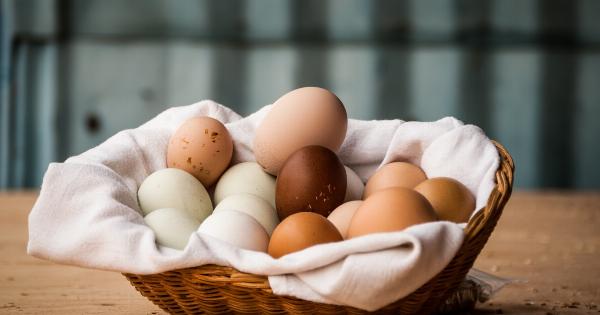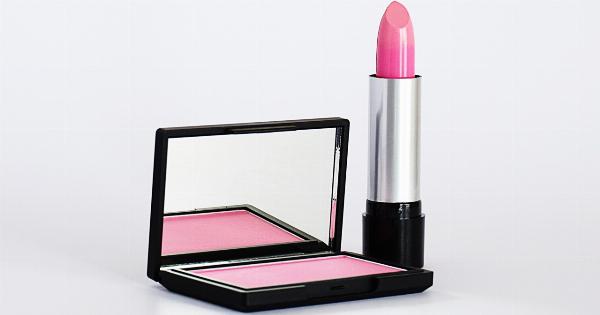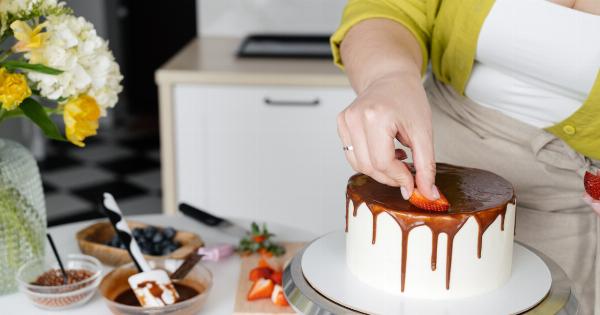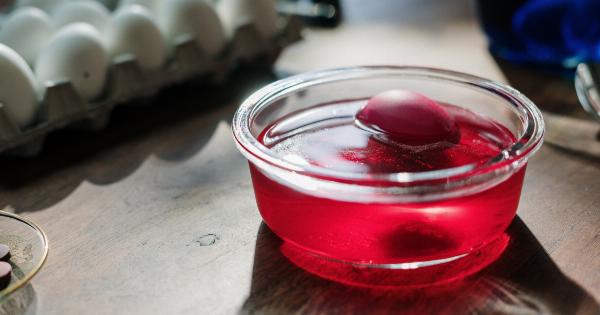If you are an olive enthusiast or have recently inherited a collection of olives, you might be wondering if they are still fresh and edible. Olives are a versatile and delicious fruit, but they do have a shelf life.
In this article, we will guide you through the process of determining whether your olives are still good to consume or if it’s time to bid them farewell. Read on to learn more!.
1. Check the Expiration Date
The most straightforward way to determine if your olives are still good is to check their expiration date. Most packaged olives come with a printed date or a best-before date. Look for this information on the label or the packaging.
If the date has passed, it is best to assume that the olives are no longer fresh.
2. Inspect the Appearance
Visual cues can also help you assess the condition of your olives. Take a close look at their appearance. Fresh olives should have a vibrant color and plump texture.
If you notice any discoloration, excessive wrinkling, or signs of mold or fermentation, it’s a clear indication that the olives are no longer suitable for consumption.
3. Smell Test
Another reliable way to determine if olives have gone bad is to give them a sniff. Place the olives close to your nose and take a whiff. Fresh olives have a mild, pleasant aroma.
However, if you detect any off smells, such as a sour or vinegary odor, it means the olives have likely spoiled and should be discarded.
4. Taste a Small Sample
If the olives pass the smell test, you can proceed to taste a small sample to evaluate their flavor. Good olives should have a rich, complex taste with a balanced level of saltiness and bitterness.
If they taste overly sour, rancid, or acrid, it’s a sign that they are no longer fresh and should not be consumed.
5. Check for Signs of Fermentation
In certain cases, olives might undergo fermentation, which may produce gases that cause the container to bulge or swell. If the jar or container holding the olives appears bloated, it indicates that unwanted fermentation has occurred.
In such instances, it is best to play it safe and discard the olives.
6. Consult Preservation Methods
If you have preserved the olives yourself, it is crucial to consider the preservation methods used. Different preservation techniques have varying shelf lives.
For example, olives pickled in brine or vinegar tend to last longer than those preserved in oil, as the acidic environment inhibits bacterial growth. If you have followed a trusted recipe and the preservation method aligns with recognized practices, the olives may still be good to go.
7. Trust Your Instincts
Your intuition can also be a valuable tool when assessing the freshness of olives. If you have any doubts or suspicions about their condition, it’s always better to err on the side of caution and discard them.
Your health and safety should be your utmost priority.
8. Seek Expert Opinion
If you are still unsure about the quality of your olives, it may be helpful to seek advice from an expert. Reach out to a local food preservation specialist, olive vendor, or even a trusted chef who specializes in Mediterranean cuisine.
They can provide valuable insights based on their knowledge and experience.
9. Consider Storage Conditions
The conditions in which you have stored your olives can significantly impact their shelf life. Olives can be stored in various ways, such as in the refrigerator, pantry, or a cool, dry cellar.
Ensure that they are kept in airtight containers, away from direct sunlight and excessive heat or moisture. Proper storage can help prolong the freshness of your olives.
10. When in Doubt, Throw It Out
If you have gone through all the previous steps and still have concerns about the safety or freshness of your olives, it is best to discard them.
Your health and well-being should always take precedence over the desire to consume potentially spoiled food.



























